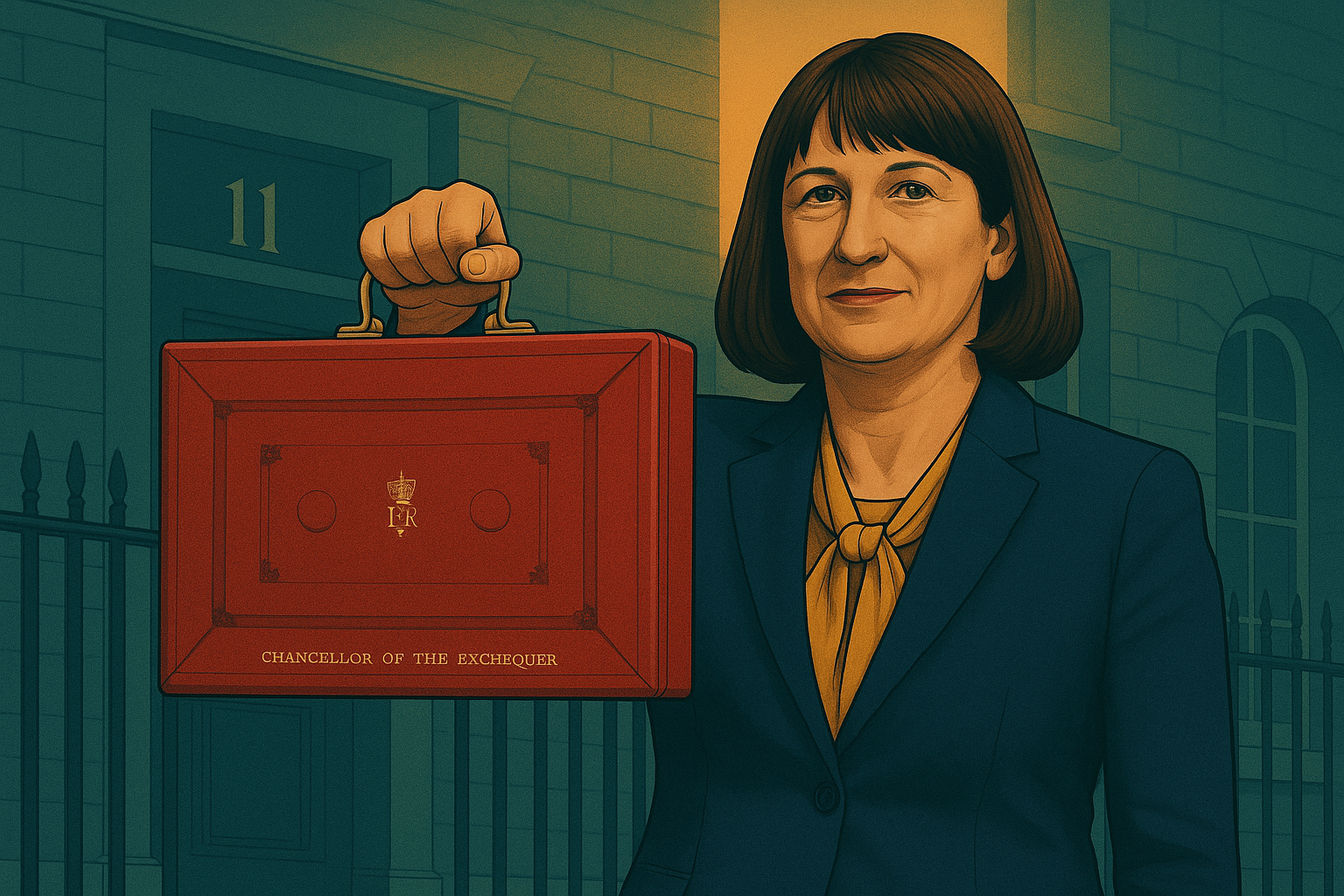Whitehall budgets face billions in cuts for efficiency gains. The Ministry of Defence and Department for Health and Social Care are expected to see significant reductions despite projected real terms spending increases between 2026 and 2029. A government document disclosed that most savings will occur in 2029, with up to £13.8bn in cost reductions. However, Paul Johnson, chief of the Institute for Fiscal Studies (IFS), criticised the government’s plans, questioning their seriousness and potential impact on departmental spending equality.
The Office for Value for Money (OVfM), a Treasury body, announced health savings of up to £2.8bn next year, increasing to £9bn by 2029. These savings form the majority of planned reductions, with defence following HMRC, which plans to replace letters with digital taxpayer communications. Despite efficiency gains, both healthcare and defence will receive real terms budget increases as part of the Spending Review, aimed at capital budget increases for military upgrades and improved patient technology.
An efficiency blueprint from the OVfM suggested savings in the Department for Health and Social Care will enhance operations and reduce NHS staff sickness. The Home Office is also set to achieve over £500m annual savings by 2029, though it won’t see a real terms budget boost.
AI is expected to play a crucial role in achieving these savings. Outgoing IFS director Johnson expressed surprise at the government’s decision to cut administration budgets by 10% over three years, with an additional 5% cut in 2029-30, criticising the lack of detailed analysis. He noted the government’s expansion, unprecedented in recent years, and highlighted a £20bn increase in employers’ national insurance contributions as economically detrimental. Alternative tax increases could have been less harmful, his analysis suggested, also predicting a rapid rise in council tax bills.




